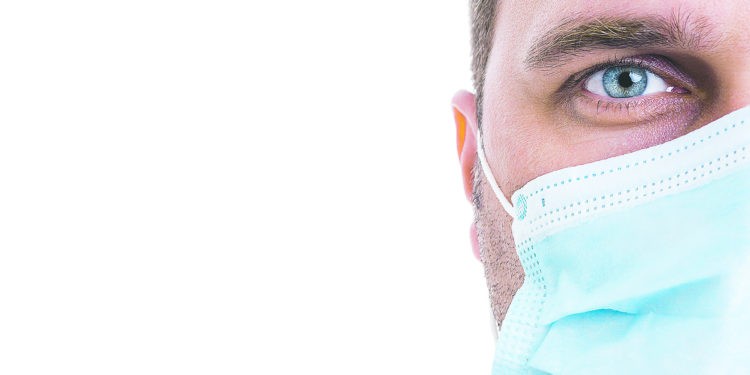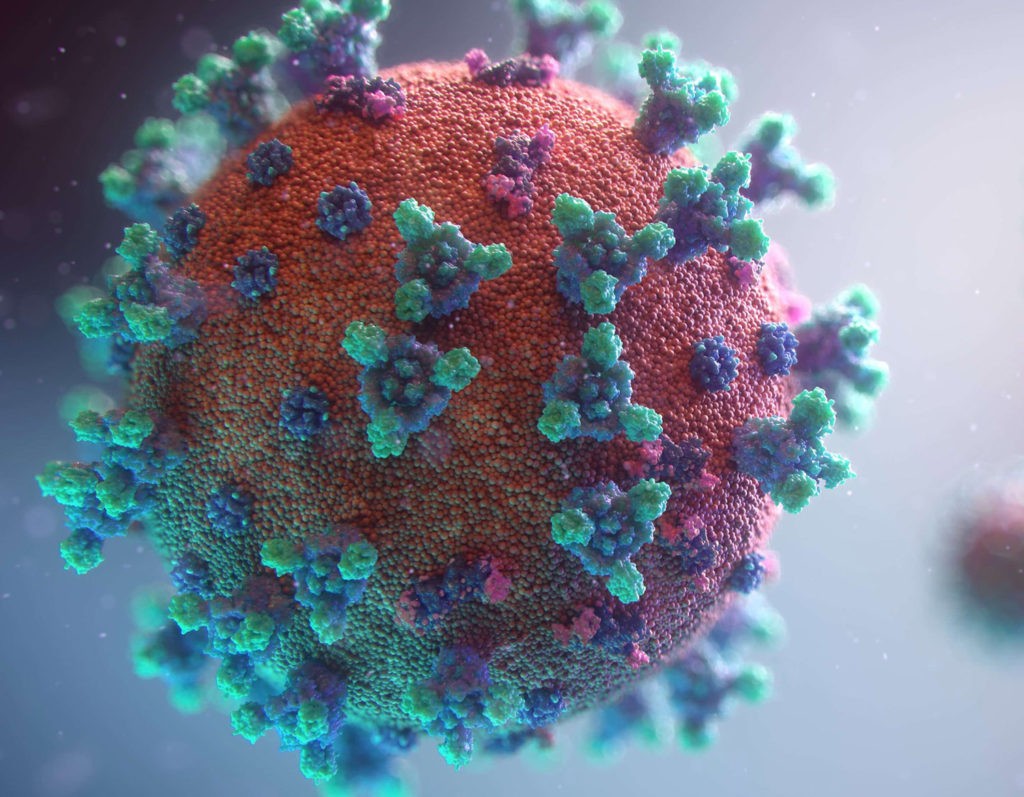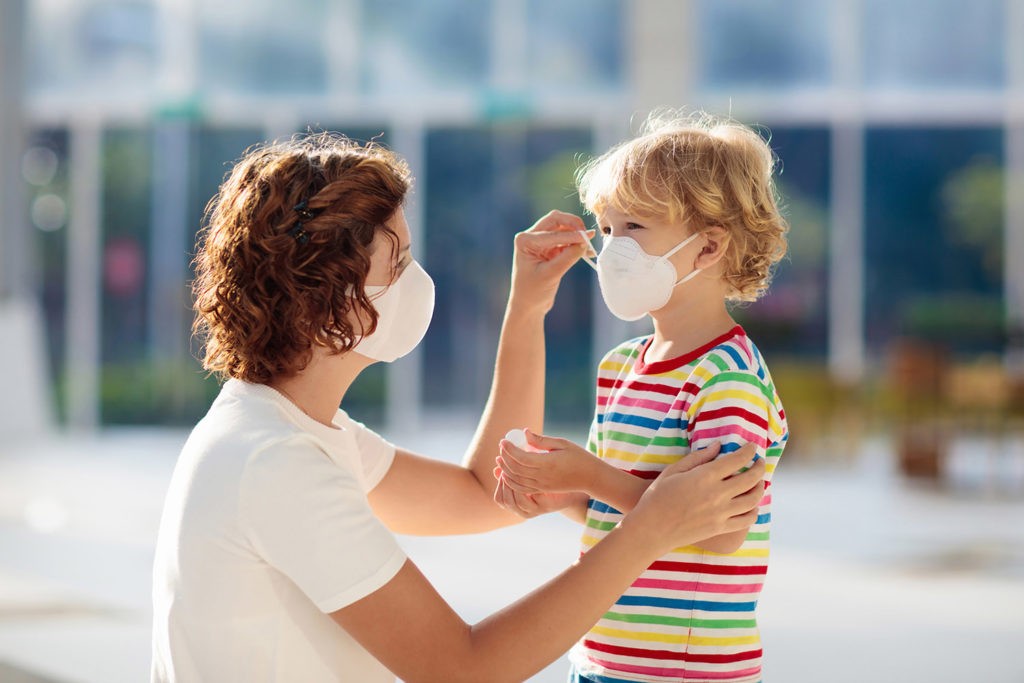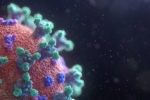National Crisis: COVID-19

Anyone Can Get it. Anyone Can Spread it.
Exploring the realities of COVID-19, today and in the future, takes patience, understanding and expert guidance.
Coronavirus. COVID-19. The novel Coronavirus. We have heard these words thrown about right and left for weeks now. The very mention of it can strike fear in nearly anyone, as with it comes a potential death sentence under certain physical conditions.
What is COVID-19?
COVID-19 is an illness caused by a virus that can spread between individuals. Symptoms can range for mild (or even without symptoms) to severe. It is spread by coming into close contact with someone who already has the virus. It can introduce itself to your body through respiratory droplets when someone who is infected coughs, sneezes or even talks. You can also become infected if you touch a surface or object that already has the virus on it and then proceed to touch your mouth, nose or eyes.
How do I avoid getting COVID-19?
Because there is no current vaccine for the virus, the best way to protect yourself is to avoid being exposed to the virus that causes COVID-19. How do you do this? Well, simply maintain the habits we have all undertaken in recent weeks: stay home as much as possible and avoid close contact with others. When in public, wear a cloth covering your nose and mouth. Be diligent in cleaning and disinfecting frequently touched surfaces. Most important, wash your hands frequently with soap and water for a minimum of 20 seconds. You can also use a hand-based sanitizer with at least 60% alcohol content.

While everyone is at risk for this illness, those most at risk include older adults and people of any age with serious underlying medical conditions. While no specific treatment currently exists for COVID-19, you can seek medical assistance to help relieve your symptoms. The most common symptoms include fever, fatigue and dry cough. Some individuals may also experience nasal congestion, runny nose, aches and pains, sore throat, and diarrhea. The incubation period may take up to six days from when someone is infected to when they actually show symptoms, but it can take as much as 14 days. With mild symptoms in a healthy individual, self-isolation is recommended. For more serious symptoms, such as a fever, cough or difficulty breathing, it is recommended you call ahead and seek medical attention.
The continued debate for the most effective measures to combat this virus
As this virus continues, consistent debate remains over how long the related shutdowns should continue. Will life, as some experts note, remain disrupted by this virus for a couple of years, or can we return to what once was? Can we go to the pool? Will we be able to tailgate at a football game this fall? When can we go out to eat and to the movies again? Those questions are not easy to answer, as the path the virus travels and the marks it leaves behind change daily. All 50 states have reported cases of COVID-19 to the CDC and all are reporting community spread of the virus.
As of the time of this writing, more than 300 million Americans remain uninfected and still vulnerable to the wrath of the virus. If we all go out again and resume our usual lifestyles, things may look good for a couple of weeks, but then it will hit out of nowhere again. Emergency rooms will fill up, and we could be facing two million Americans dead. Per the experts, the reality of getting back to “normal” will require either a vaccine or a prophylactic pill. Some experts suggest that could take anywhere from 12-18 months.

Thoughts from an epidemiologist
According to F. Blaine Hollinger, M.D., Professor of Medicine, Molecular Virology and Epidemiology; Director, Eugene B. Casey Hepatitis Research Center; and NIH Special Fellow, Department of Virology & Epidemiology, of Baylor College of Medicine in Houston, Texas, the pandemic at this time appears to be declining, yet some hotspots remain. With respect to his opinion on whether or not the country as a whole is getting this virus under control, Dr. Hollinger remains cautiously optimistic.
“In general, yes, but some states are moving too quickly,” he indicated. “It will take 2-4 weeks to see if this is a wise decision concerning people congregating together. Foolishly ignoring mitigation recommendations places our healthcare personnel and first responders at risk every day. But because asymptomatic people and those in the 2-3 day pre-symptomatic phase never recognize who they have infected, the risk is lost on people who have a callous disregard for others.”
As the CDC also recommends, Dr. Hollinger emphasized the need for continued social distancing this summer, wearing masks, and adhering to the guidelines of the established emergency protocols, such as the lockdowns and stay-at-home measures.
New data continues to pour in on a daily basis. As it is a rapidly-evolving situation, the CDC will provide updated information and guidelines as it becomes available. It is a situation that poses a significant public health risk, and the government continues to work with state, local, tribal and territorial partners as well as public health partners in order to respond to this pandemic. Different areas of the country are seeing different levels of activity with respect to this virus. The duration and severity of each phase can vary depending on the characteristics of the virus and the public health response.
As we continue to wage this war against a silent enemy, we want to pay tribute to those who operate selflessly on the front lines: all of the healthcare workers and first responders. They awaken each day prepared to battle and are the true warriors and heroes among us. We know that many of them may not feel like heroes, as they perhaps feel exposed and scared. They take risks daily, putting patients first with unwavering hearts of compassion. They are working countless hours, perhaps without adequate personal protective equipment or perhaps moving out of their homes during this time to avoid infecting their families. Their willingness to serve others in such a brave manner is noble, and the level of sacrifices they are making today is unprecedented. To all of these courageous personnel, we owe a debt of gratitude as you risk your lives to make our world a safer and better place. Thank you for your service to humanity.
For more information on the latest case counts, deaths, and demographic characteristics, go online at cdc.gov. You may also contact your state health department or your local health departments.






